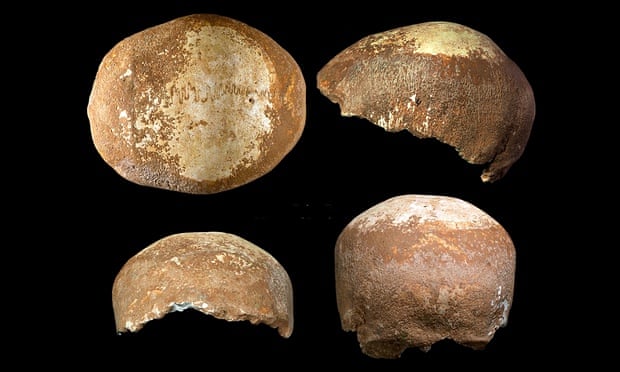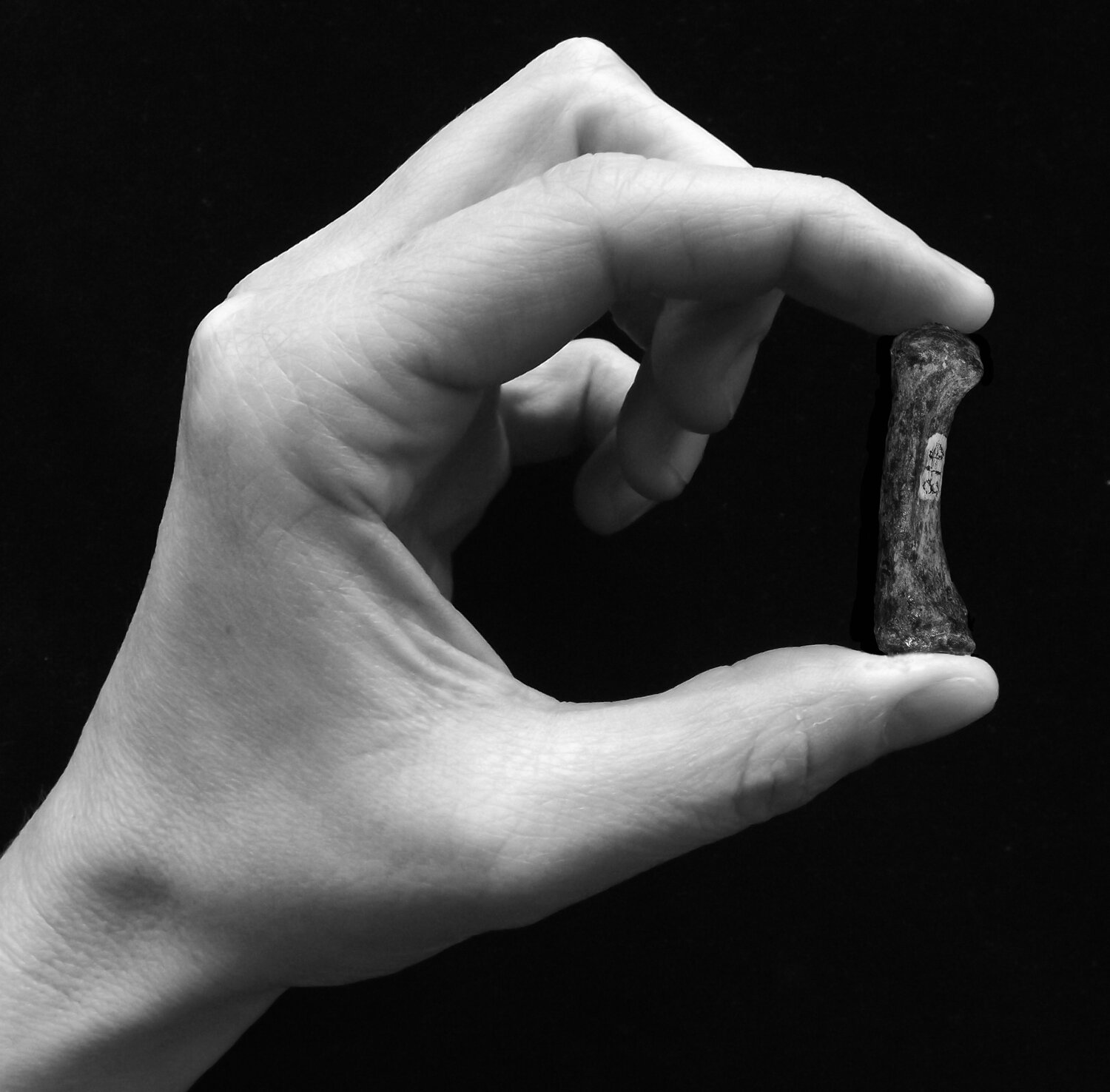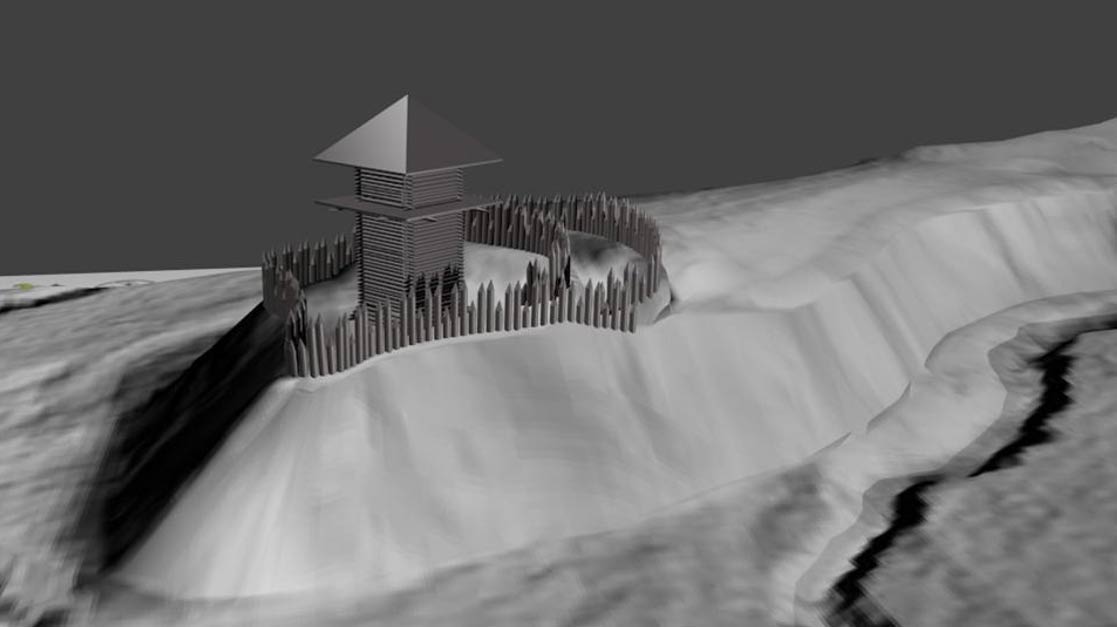Today Google GOOGL +4.85% has announced that Google Earth Pro is now available for free. Google Earth Pro used to cost $399 per year. Google Earth is a geospatial software application that displays a virtual globe, which offers the ability to analyze and capture geographical data. Google Earth was created after Google acquired CIA-funded Keyhole Inc. in 2004. Under Keyhole, the application was known as EarthViewer 3D. The Google Earth desktop client hit the billion download mark in October 2011.
There are several differences between the free version of Google Earth and Google Earth Pro. The free version of Google Earth lets you print screen resolution images, whereas Google Earth Pro offers premium high resolution photos. The free version of Google Earth requires you to manually geo-locate geographic information system (GIS) images, but Google Earth Pro helps you automatically find them. And the free version of Google Earth only allows you to import image files that are up to a max texture size, but Google Earth Pro offers Super Image Overlays that are more than the max texture size.
Read the rest of this article...
























